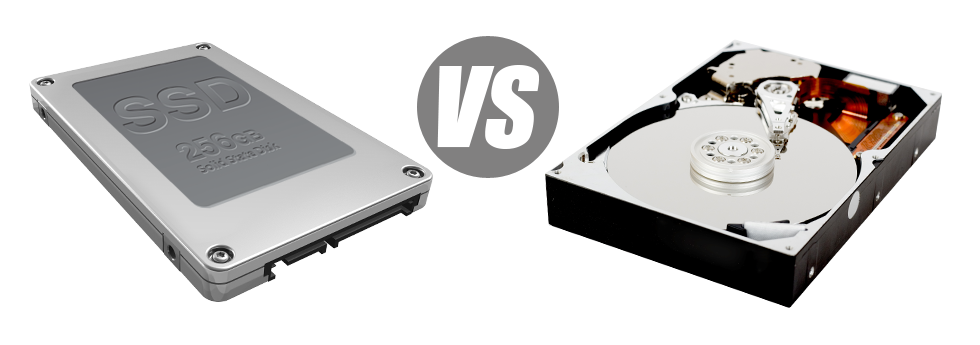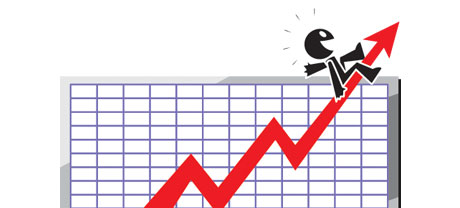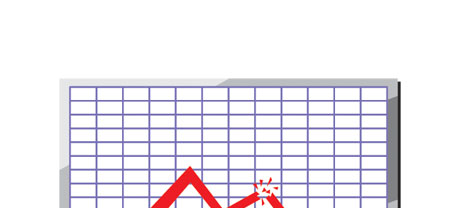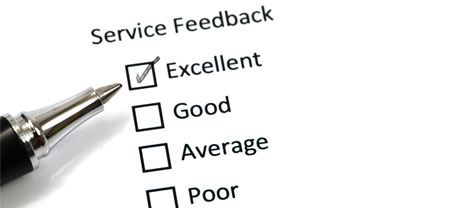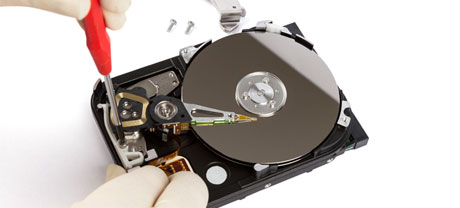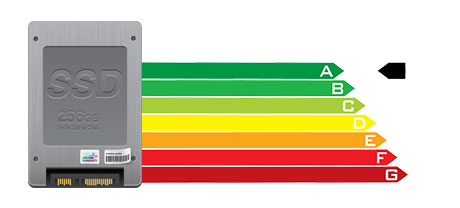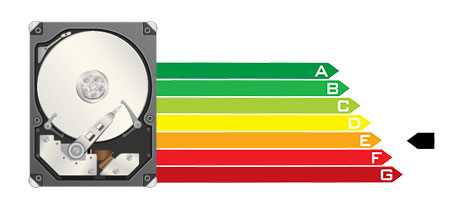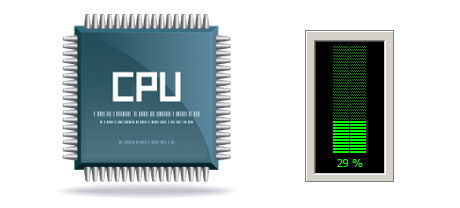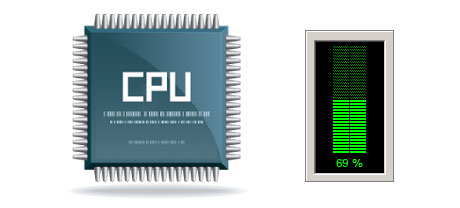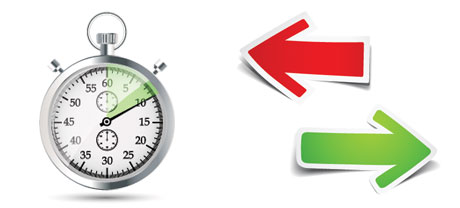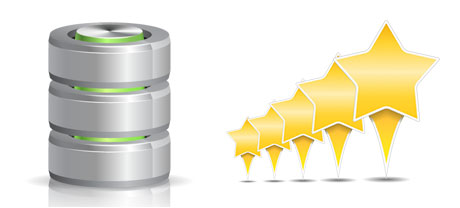For those who have a website or an web application, speed is extremely important. The speedier your website works and also the speedier your web apps perform, the better for everyone. Given that a site is an array of files that interact with each other, the systems that keep and work with these files play a crucial role in web site performance.
Hard drives, or HDDs, have been, right until recent times, the more effective products for saving information. Then again, lately solid–state drives, or SSDs, have been becoming popular. Look at our comparison chart to determine whether HDDs or SSDs are more appropriate for you.
1. Access Time
With the release of SSD drives, data accessibility speeds are now over the top. Thanks to the completely new electronic interfaces made use of in SSD drives, the regular data file access time has shrunk to a all–time low of 0.1millisecond.
HDD drives make use of spinning disks for files storage purposes. When a file will be utilized, you will have to wait for the correct disk to get to the right position for the laser beam to reach the data file involved. This translates into a typical access rate of 5 to 8 milliseconds.
2. Random I/O Performance
As a result of exact same radical strategy that enables for a lot faster access times, you too can enjoy far better I/O effectiveness with SSD drives. They’re able to accomplish double the functions throughout a given time in comparison to an HDD drive.
An SSD can handle at least 6000 IO’s per second.
Having an HDD drive, the I/O performance progressively increases the more you employ the drive. Even so, just after it gets to a certain limit, it can’t proceed faster. And because of the now–old technology, that I/O restriction is significantly below what you can get having an SSD.
HDD can only go as far as 400 IO’s per second.
3. Reliability
The lack of moving parts and spinning disks within SSD drives, and also the recent advancements in electrical interface technology have led to a much safer data storage device, having a typical failure rate of 0.5%.
HDD drives use rotating hard disks for holding and browsing files – a concept dating back to the 1950s. With disks magnetically suspended in mid–air, spinning at 7200 rpm, the chances of one thing going wrong are generally bigger.
The average rate of failure of HDD drives can vary between 2% and 5%.
4. Energy Conservation
SSDs do not have moving elements and need minimal cooling down power. In addition, they involve a small amount of energy to perform – trials have revealed they can be powered by a regular AA battery.
In general, SSDs take in amongst 2 and 5 watts.
HDD drives can be notorious for getting loud; they are liable to getting too hot and whenever there are several hard drives in one web server, you’ll want a different cooling system only for them.
In general, HDDs use up in between 6 and 15 watts.
5. CPU Power
SSD drives support better data accessibility rates, that, in turn, allow the processor to perform data file requests much quicker and afterwards to go back to other jobs.
The average I/O hold out for SSD drives is actually 1%.
When using an HDD, you’ll have to dedicate time waiting for the outcomes of one’s file query. Because of this the CPU will be idle for more time, looking forward to the HDD to respond.
The common I/O delay for HDD drives is about 7%.
6.Input/Output Request Times
Almost all of our new servers now use merely SSD drives. Each of our tests have demostrated that by using an SSD, the common service time for any I/O request whilst running a backup remains below 20 ms.
With the exact same web server, yet this time built with HDDs, the outcome were very different. The average service time for any I/O call changed in between 400 and 500 ms.
7. Backup Rates
You’ll be able to check out the real–world great things about utilizing SSD drives every day. For example, on a hosting server furnished with SSD drives, a complete back–up can take only 6 hours.
We applied HDDs exclusively for lots of years and we have very good expertise in precisely how an HDD works. Generating a backup for a web server designed with HDD drives is going to take around 20 to 24 hours.
The Linux VPS and then our regular Linux shared hosting accounts have SSD drives by default. Be a part of our family here, at Renstay, to see the way we just might help you supercharge your site.
Hepsia
- Live Demo
Service guarantees
- All of our Virtual Private Servers come with no installation charges and operate in a dependable network providing 99.9% of uptime. Full root/administrator access warranted.
Compare our prices
- Check out our prices and select the most suitable Virtual Private Server for your active web sites. You can easily migrate to a more powerful VPS setup with just a mouse click.
- Compare our hosting plans
Contact Us
- Contact us 24x7 by email or by using our extra–fast ticketing platform. Our techs are prepared to respond to all of your questions within 1 hour.
